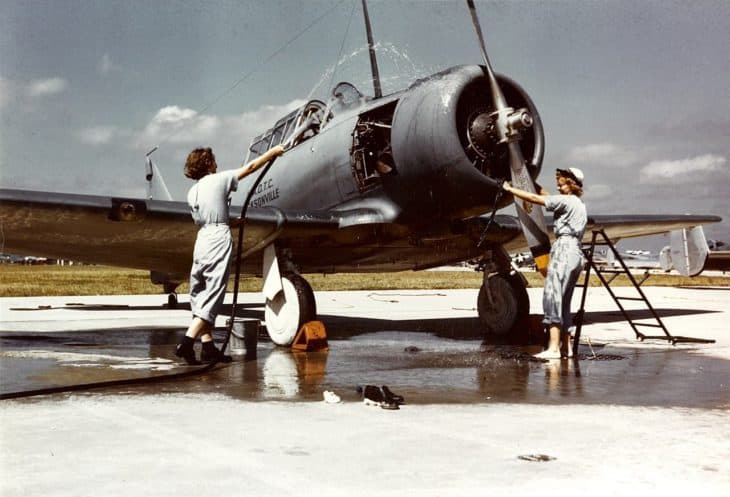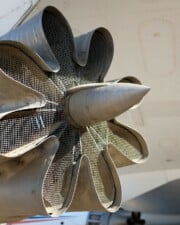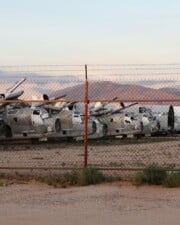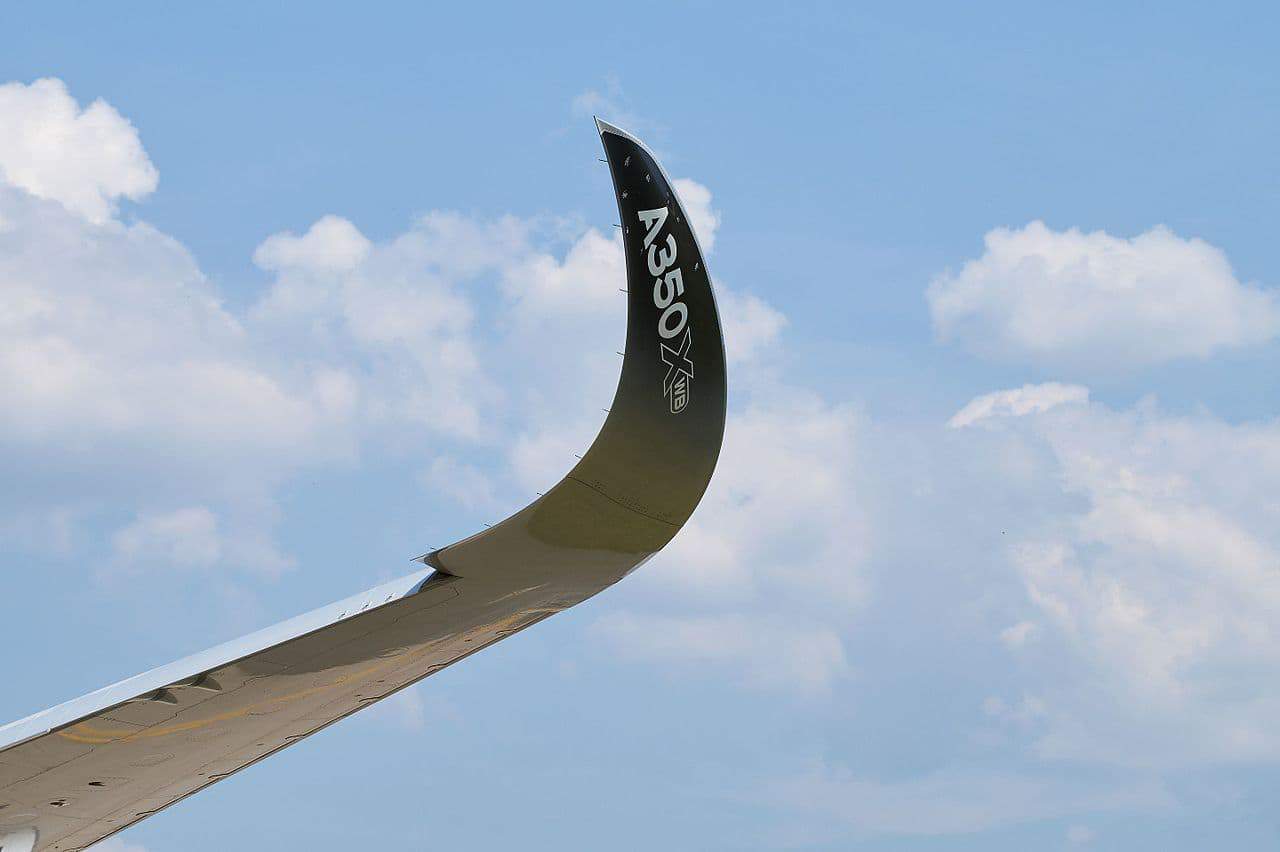We learn a lot about how airplanes are washed when we study the techniques involved in washing these incredible machines. Washing an aircraft is a necessary procedure. Washing helps to maintain an airplane’s safety and enhances its appearance. For many sport plane owners, washing an airplane is part of the experience of owning an airplane. That doesn’t mean we don’t like an efficient washing process though.
How Are Airplanes Washed?
Washing an airplane today can be done in two primary ways. One is by pressure washing and the other with a waterless wash technique. One pilot was asked how airplanes are washed and he wisely answered in one word: carefully.
Pressure washing operators are quite active in modern airports and in most cases use a high-volume, low-pressure washing system. Only a small amount of detergent is used in pressure washing and rinsing. Eighty per cent of the water used in the rinsing process is retained and recycled.
How To Power Wash An Airplane
Power washing is done from a distance of three to four feet and should cover an area three to four feet in width. There are two areas which usually demand special attention: the area around the engine and the exhaust. Extra detergent and brushing may be needed to clean these areas.
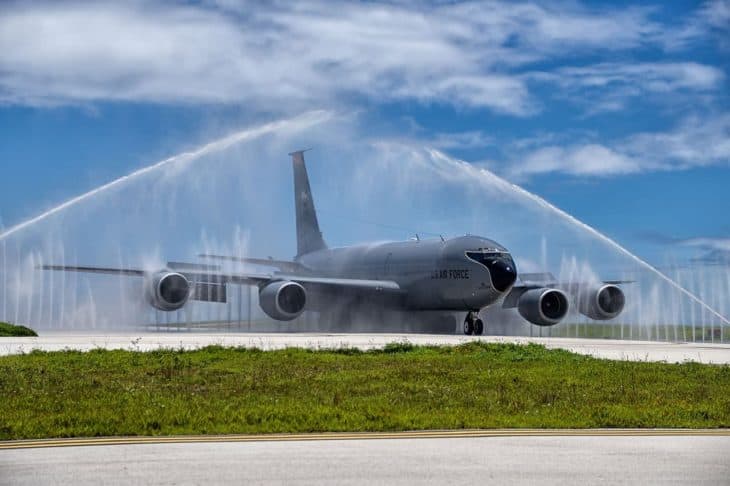
The recycled water, known as wastewater, is constantly monitored for salinity and other contamination to assure cost-efficient rinsing. Once wastewater reaches a specified point, it is moved to the sanitary sewer or water storage tank for disposal and fresh water is brought in to recharge the system.
All wastewater must be picked up after the washing. This is done by using heavy duty vacuuming equipment. Pressure washing operators are required to dispose of wastewater at a designated site away from the airport.
Pressure Washing Airplanes Requires Permits
Professional operators of power washing equipment must possess a permit for aircraft washing. Operators also must have safety information readily available for products they use in washing airplanes.
Those who operate power washers strive to keep equipment clean at all times. Stopped up nozzles can increase pump pressure and eventually destroy equipment. When a nozzle is clogged, operators clean it or replace it with a new one.

Why is it important to keep airplanes clean? The answer is easy. It’s all about safety. The jet airplane accumulates a lot of dirt and grime while in flight. This causes resistance on the plane’s engine, hinders fuel efficiency and poses a threat to pilots and passengers.
Important Warnings When Pressure Washing
Experts in the use of pressure washing equipment give three warnings about pressure washing:
- They advise not to pressure wash an airplane in the sun while the surface is hot because a cleaning solution that sits too long may cause harm the paint.
- They say be careful when using a ladder to pressure wash high points since the recoil from the pressure can knock its user off balance.
- They say do not spray the windows of an airplane, especially the windshield. The windows are created from a delicate material which scratches easily.
What is The Dirtiest Part of an Airplane?
When aircraft washing, the best results are met by cleaning small sections at a time. Washing normally starts with the tail, the airplane’s dirtiest area. Next the fuselage and the body of the airplane are washed. Wheels should be washed and scrubbed with a brush.

Airplanes need to be inspected for safety periodically and it is during a washing that inspection can take place. Inspectors look for damage to the plane’s frame, wear on seals and plastic parts, loose fittings, fastenings and other looming issues.
Washing Without Water
Waterless wash systems are for airplane pilots or owners who either can’t use water due to airport regulations or they simply prefer not to use water. Water can cause a lot of damage if it seeps into places and accumulates for any length of time.

Several popular products are available in the waterless washing technique. Many are wax-based sprays. They allow a plane to be washed and left wet. Then the spray is applied. Drying follows with the use of a towel or chamois, providing a “just-waxed” appearance.
A lot of the spray products feature their own formulas, They are designed to generate a water reaction that penetrate surfaces, leaving a sturdy wax shield. An anti-corrosion additive in the sprays protects paint from rust, acid rain and bird mess.
Complete Waterless Aircraft Washing
- Kit contains everything you need to keep...
- Faster Safer Easier Waterless Washing...
- Wash Anywhere - No Restrictions...
The Wash Wax Mop
Among the quality products on the market are those that make use of mops, two micro fiber pads and extendable handles or poles. With this products, airplanes can be washed and no ladder is needed to reach certain high, hard-to-get-to areas.
In most cases, poles in this process all come standard with a reach of three feet to six feet, The long-reach versions can extend cleaning out as far as 12 feet.

The twin wrap-around pads are designed to wash and clean airplanes and helicopters without leaving scratches on them. Mounted on either side of the mop head, each pad has a specific task, one for the “wet step” and one for the “dry step.”
Waterless washing is attractive to the small plane owner. The airplane is his treasure and it is understandable that he finds joy in washing and waxing it himself. Waterless washing products add to his joy and will for years to come as more and more products hit the market.
References ▾
Related Posts
